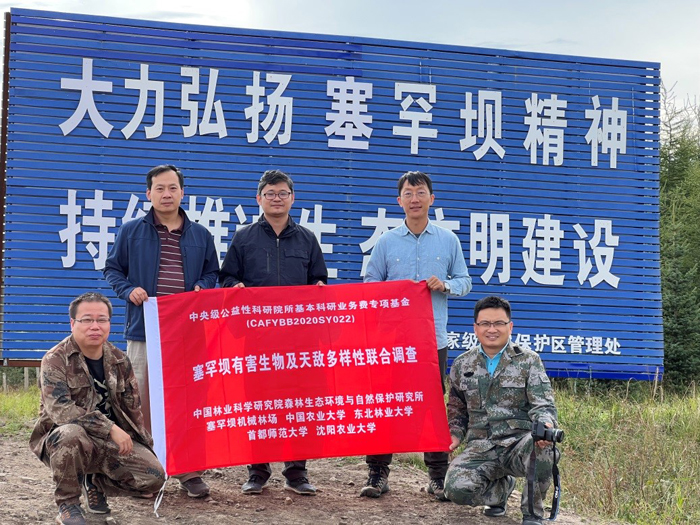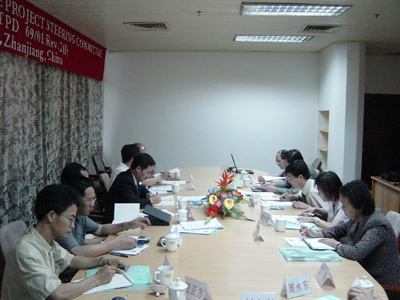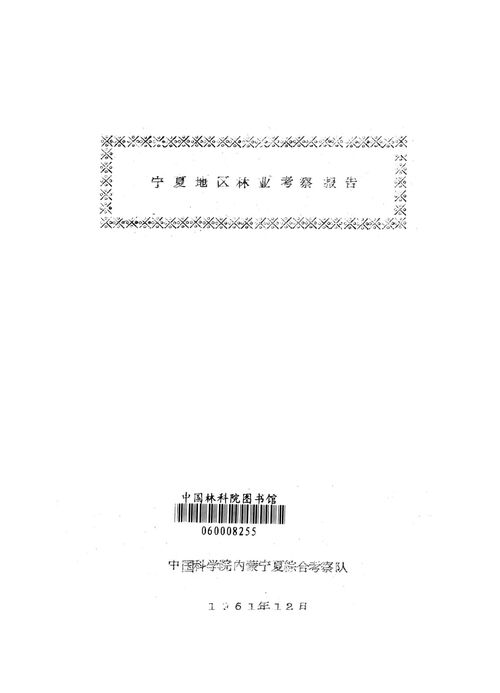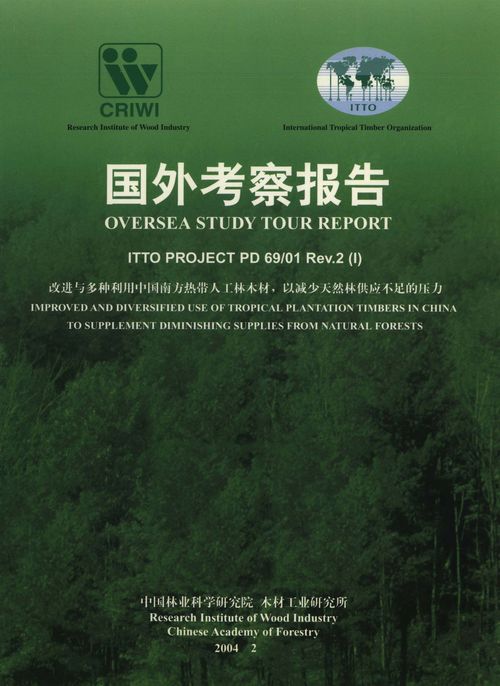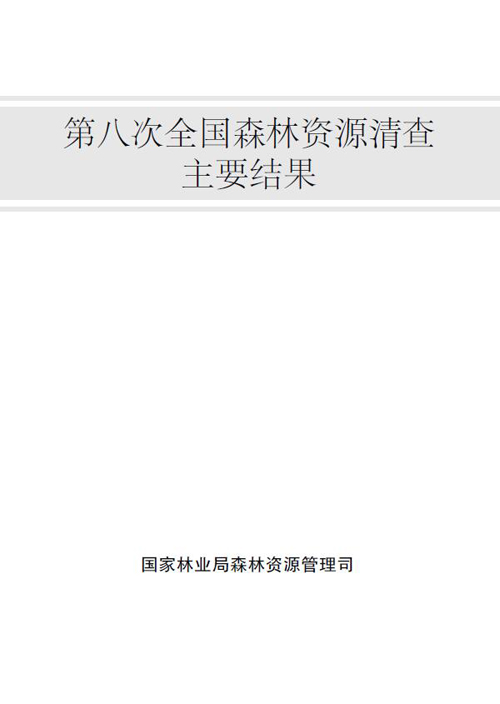
Comparative regeneration status in a natural forest and enrichment plantations of Chittagong (south) forest division, Bangladesh
编号
zgly0000339183


文献类型
期刊论文


文献题名
Comparative regeneration status in a natural forest and enrichment plantations of Chittagong (south) forest division, Bangladesh


学科分类
220.20;森林培育学


作者
M.KamalHossain
M.LutforRahman
A.T.M.RafiqulHoque
M.KhairulAlam


作者单位
InstituteofForestryandEnvironmentalSciences
UniversityofChittagong
Chittagong-4331
Bangladesh
ForestBotanyDivision
BangladeshForestResearchInstitute
Chittagong
Bangladesh


母体文献
Journal of Forestry Research;林业研究: 英文版


年卷期
2004,15(4)


页码
255-260


年份
2004


分类号
S754


关键词
孟加拉
天然林
人工林
森林更新
相对密度
相对频度
重要值指数


文摘内容
The natural regeneration of the tree species in pure natural forest stand and enrichment plantations of Baraitali Forest of Chittagong (South) Forest Division, Bangladesh was studied by stratified random quadrat method during April 2002 to November 2002. Totally 100 plots of 3 m×3 m in size represents a total of 64 regenerating tree species from natural forest with an average seedlings of 24 767/hm^2, while only 40 regenerating tree species were recorded from enrichment plantations with an average seedlings of 18 633/hm^2. Maximum regeneration in natural forest was found with Castanopsis spp. (2200 seedlings/hm^2) followed by Glochidion lanceolarium (2183/hm^2) whereas, in enrichment plantations maximum regeneration was found with Dipterocarpus gracilis (2117/hm^2) followed by Anogeissus acuminata (2000/hm^2). For natural forest, highest relative density was found for Castanopsis spp (8.88%), relative frequency for Glochidion lanceolarium (7.36%), relative abundance for Syzygium spp. (3.79%) and Importance Value Index were recorded with Glochidion lanceolarium (18.24%). The corresponding values for enrichment plantations were highest with Dipterocarpus gracilis (11.36%), Glochidion lanceolarium(9.71%), Dipterocarpus gracilis (5.92%), Glochidion lanceolarium (23.32%) respectively. Stem per hectare of some common trees with their seedlings and saplings in both the natural stands and enrichment plantations showed that only Dipterocarpus gracilis successfully recruited in both sites but recruitment was higher in natural forest. Like many other primary rain forests,the Baraitoli forest typically has both substantial seedlings and soil seed bank from which regeneration may occur. The naturally regenerated seedlings are quite dense but it could not reach the pole stage due to human interference。


-
相关记录
更多
- 吉林东部天然林林下光质分布特征 2023
- 东北地区天然水曲柳地位指数表和立地形表的编制 2023
- 内蒙古罕山自然保护区山杨林更新苗特征研究 2023
- 新乡毛白杨人工林土壤性质垂直分布特征 2023
- 辽东山区蒙古栎次生林天然更新特征及其影响因子分析 2023
- 基于结构优化的择伐对锐齿槲栎天然林结构与生长的影响 2023
 打印
打印

